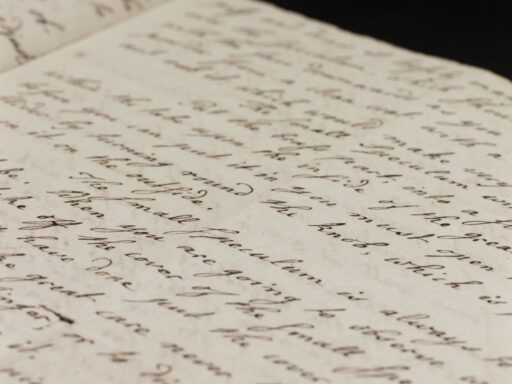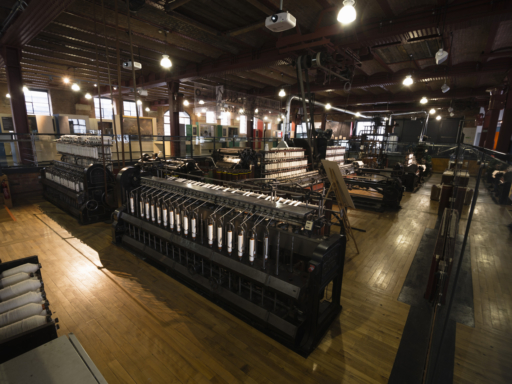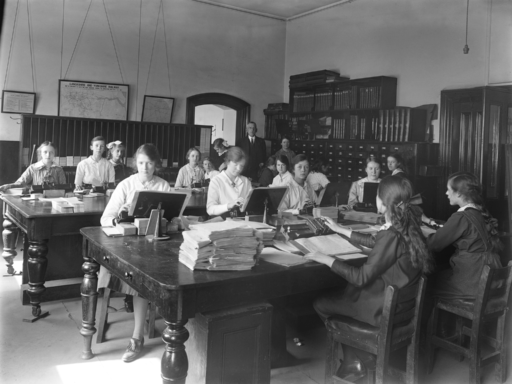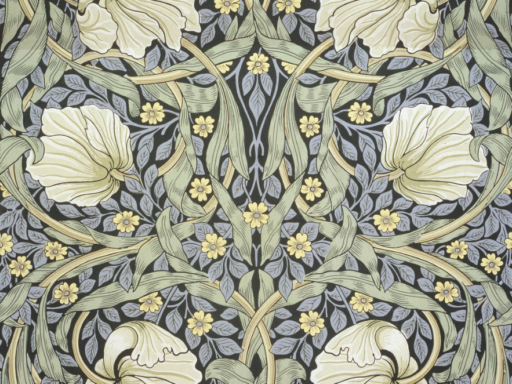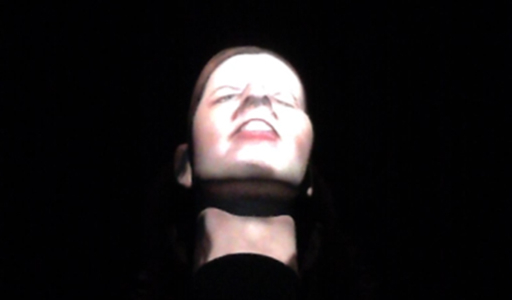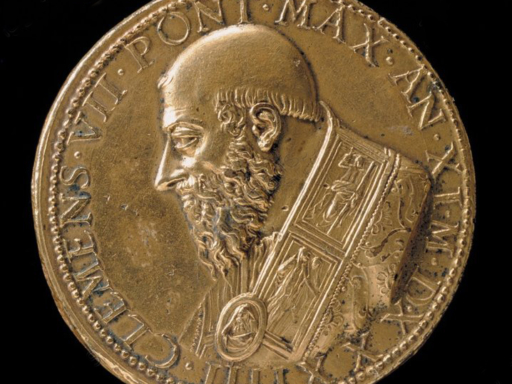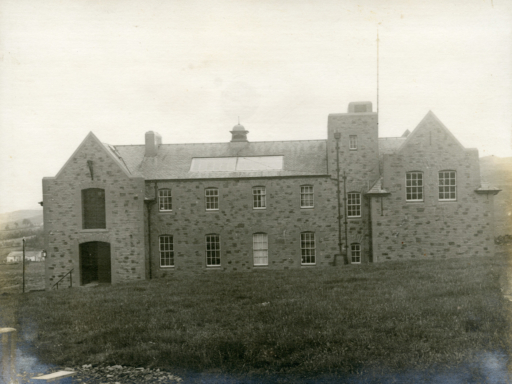Issue 16 features a strong strain of research from within the Science Museum Group. Robert Gwynne brings together railway and computer histories by looking at the long engagement of the railways with data driven technologies; Abigail Wilson looks at the impact of Joseph Whitworth’s legacy on Manchester’s built environment; and Alex Rose discusses a collection of seismographs originally located at Eskdalemuir Observatory in Scotland. Charles Ormrod looks at the history of mechanised production in luxury goods while Pippi Carty-Hornsby discusses a methodology for capturing and preserving the disappearing (and often tacit) knowledge required to operate large working exhibits. In other articles, Curator Imogen Holmes-Roe discusses the history and direction of the Whitworth gallery, whilst David H Lee contributes a study of audience responses to a health exhibition in the USA with objectives to change behaviours. Our growing reviews section allows discussion of the crucial contemporary issues faced by museums. Here Subhadra Das discusses Corrine Fowler’s ‘Green Unpleasant Land’ while ‘Photography Off the Scale’ (eds Tomáš Dvořák and Jussi Parikka) is reviewed by Surya Bowyer.
Menu


